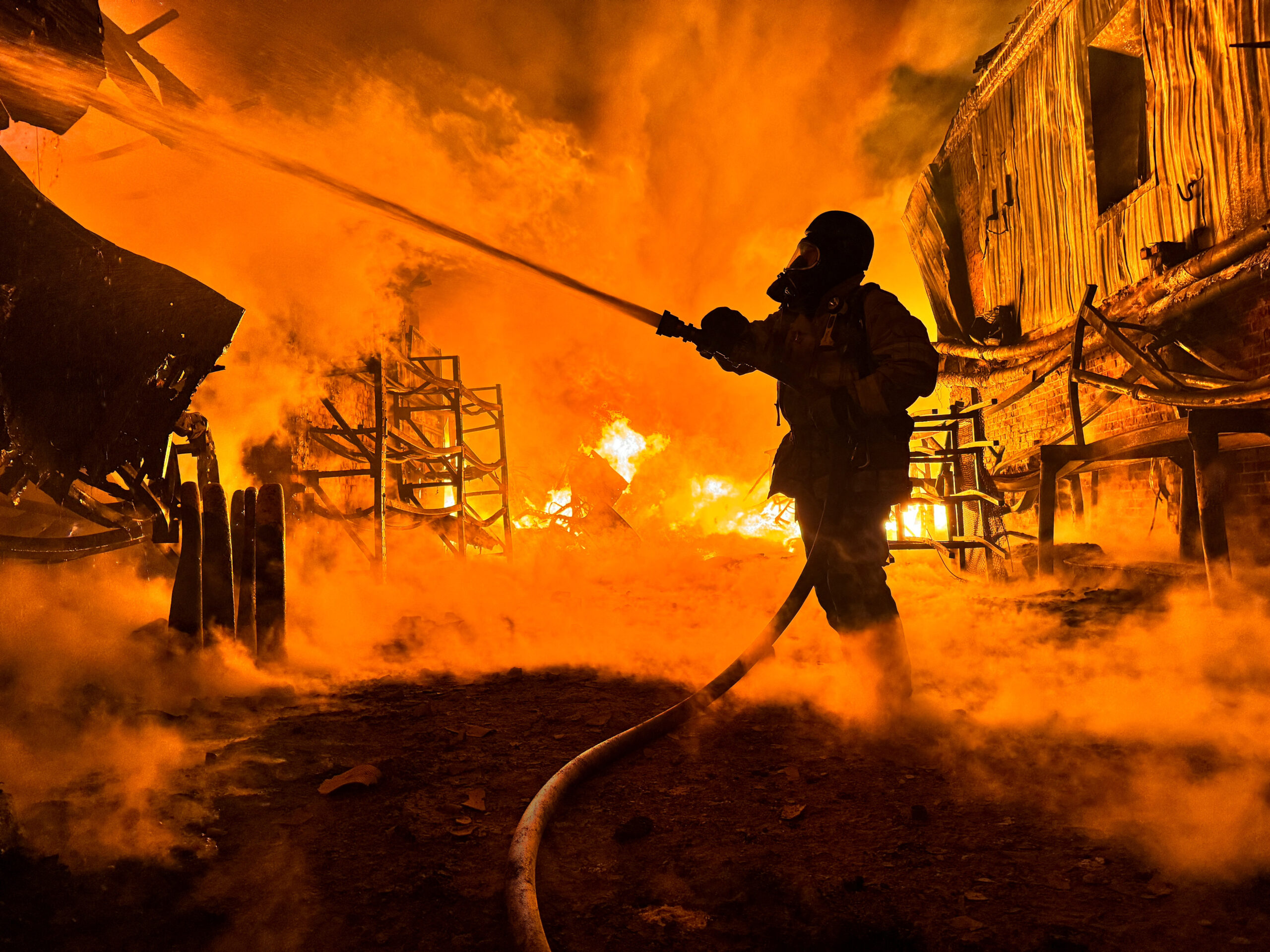Russia turns to attrition one month into Ukraine war
 A man walks at a residential district that was damaged by shelling, as Russia's invasion of Ukraine continues, in Kyiv, Ukraine March 23, 2022. REUTERS/Marko Djurica
A man walks at a residential district that was damaged by shelling, as Russia's invasion of Ukraine continues, in Kyiv, Ukraine March 23, 2022. REUTERS/Marko DjuricaRussia’s forces in Ukraine appear to be turning to a war of attrition with devastating effect on civilians, after failing to secure hoped-for swift gains when President Vladimir Putin launched the invasion one month ago.
The US government says recent days have brought more intense aerial and naval bombardment as Ukrainian resistance holds up the invaders’ advance on land.
Attacking forces remain 15 kilometres (10 miles) from the Ukrainian capital Kyiv to the north-west and 30 kilometres away to the east, able only to bombard it from a distance.
While US President Joe Biden has said Putin’s “back is against the wall in Ukraine”, US Defense Department spokesman John Kirby told CNN Tuesday that Ukrainian forces were now even “going after Russians” who were losing morale as food and fuel run out.
Capturing Kyiv had appeared the Russians’ top target as they entered the country on February 24, hoping to topple President Volodymyr Zelensky’s administration.
But despite mobilising a force of between 150,000 and 200,000 troops, Moscow failed to anticipate anything other than weak resistance — likely owing to Russian intelligence failures — and made sloppy logistical preparations.
Even now, Russia does not have complete control of the skies over Ukraine, complicating their entire offensive.
“The Russian lack a real command and control policy,” a former top French military officer told AFP, pointing to lack of coordination between ground and air forces and the strikes’ lack of precision.
– Siege warfare –
The number of soldiers killed cannot be verified, although the Pentagon estimates as many as 7,000 Russian dead in the first month according to the New York Times.
That would amount to more losses than the US suffered in the years-long occupations of Iraq and Afghanistan combined.
“Putin’s offensive is stuck despite all the destruction that it is bringing day after day,” German Chancellor Olaf Scholz said Wednesday.
For its part, Kyiv acknowledged 1,300 troops killed in action on March 12 — likely well below the real figure according to observers.
With their forces bogged down, the Russians have transformed their offensive into a string of sieges apparently aimed at wearing down and demoralising the Ukrainian population.
Around 10 million people have left their homes, while the UN human rights chief says almost 3.6 million have quit the country.
“The more the Russian infantry struggles, the higher the army climbs up the scale of brutality and the disproportionate use of air power,” a European source close to NATO told AFP.
“Putin needs a deal, so he needs victories.”
Throughout the one-month offensive, Russia has only captured one major urban centre — Kherson in south Ukraine. Mariupol to the east remains subjected to a siege that has caused international outrage.
Uncaptured northern cities like Kharkiv, Ukraine’s second-largest urban centre, are under constant bombardment, while pressure is also growing on those in the south and east.
Mykolaiv, which blocks the way along the Black Sea coast towards Odessa, is also under artillery fire.
– Devastation –
But Russia has yet to put much emphasis on diplomatic efforts and analysts warn that even if a ceasefire were agreed it could just allow Moscow to buy time and rebuild its forces.
More than 200,000 people are stuck in Mariupol, reduced in large part to corpse-strewn ruins and cut off from necessities like food, water, electricity and heat.
Russia’s determination to capture the port city is in proportion to its strategic worth, potentially linking annexed Crimea by land with the pro-Russian separatist territories of the Donbas.
A firmer grasp on Ukraine’s east could ultimately allow the invaders to encircle the Ukrainian defenders fighting there.
“The next chapter in this war could prove even uglier as it will likely turn into a war of attrition, with greater bombardment of civilian areas,” Michael Kofman of the US-based CNA think-tank wrote on Twitter.
“Russian forces will probably try to compensate for poor performance by inflicting greater destruction.”
If no negotiated settlement arrives, “attrition war is the most likely path,” William Alberque of the International Institute for Strategic Studies told AFP.
He warned against pushing Kyiv into accepting a ceasefire at any cost.
“The worst is, (Westerners’) desire to stop the suffering of Ukrainian people could help the Russians. They rely on our desire to see peace as an opportunity,” Alberque said.
“They are going to use a ceasefire to build up forces,” he warned.
SOURCE: AFP










